
Crushing of kidneys stones by ultrasonic waves Vector Image
In its first human study, 19 people with 25 kidney stones between them underwent BWL for up to 10 minutes. About 90 per cent of the stones' volume fragmented, from up to 12 millimetres to less.
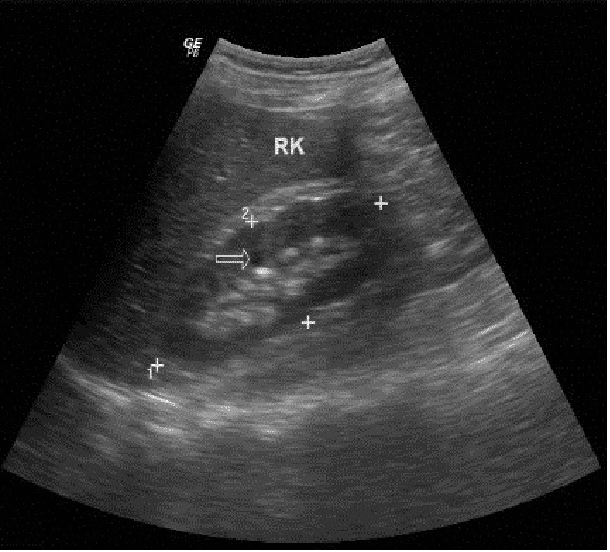
Can Renal Ultrasound Detect Kidney Stones
A small study shows that ultrasound bursts reduce kidney stones' volume by 90%, according to research published this week in the Journal of Urology. Using burst wave lithotripsy (BWL), UW Medicine urologists were able to fragment the stones in 10-minute procedures on patients who were under anesthesia. Eventually, urologists could use this.

Kidney stones blasted by new nonsurgical sound wave device
Using sound waves to break up stones. For certain kidney stones — depending on size and location — your doctor may recommend a procedure called extracorporeal shock wave lithotripsy (ESWL). ESWL uses sound waves to create strong vibrations (shock waves) that break the stones into tiny pieces that can be passed in your urine. The procedure.
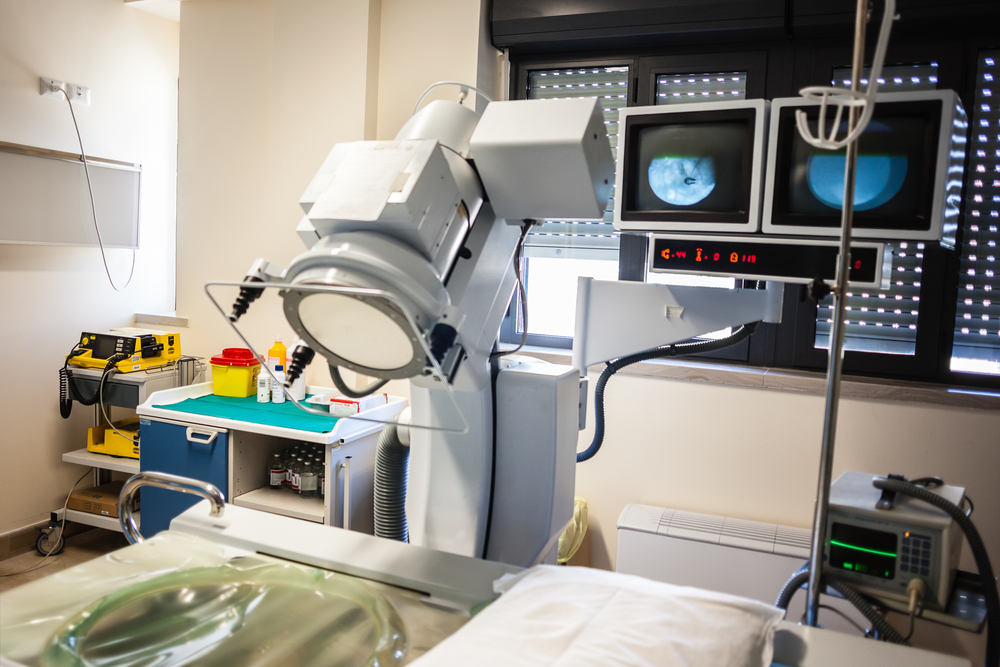
Kidney Stone Treatment Shock Wave Lithotripsy Evan R. Goldfischer, M.D., MBA
Extracorporeal shock wave lithotripsy (SWL) is a noninvasive procedure that uses shock waves to break stones in the kidney and ureter into pieces as small as grains of sand. Lithotripsy is advantageous as a method of kidney stone removal because it does not require surgery, and has a 70 to 90 percent success rate in good candidates.
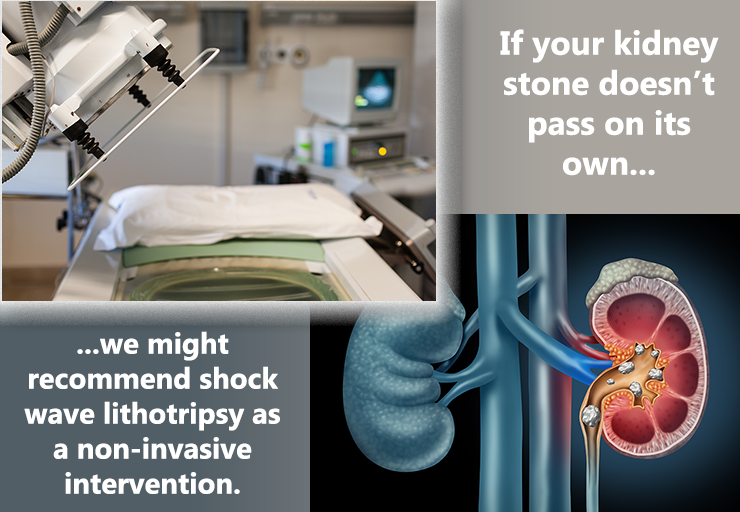
Kidney Stones Manchester Urology Associates, PA
Shock wave lithotripsy is a way to treat kidney stones without surgery. It is also called extracorporeal shock wave lithotripsy, or ESWL. This treatment uses sound waves to break kidney stones into tiny pieces. These pieces can then pass out of the body in the urine. You may get medicine to make you relaxed and help with pain or discomfort.

Sound Treatment for Kidney Disease Healing Frequencies Frequency Heals YouTube
Lithotripsy uses shock waves or a laser to break down stones in the kidney, gallbladder, or ureters. There are two main types of lithotripsy — ESWL and FURSL — and the procedure usually lasts.
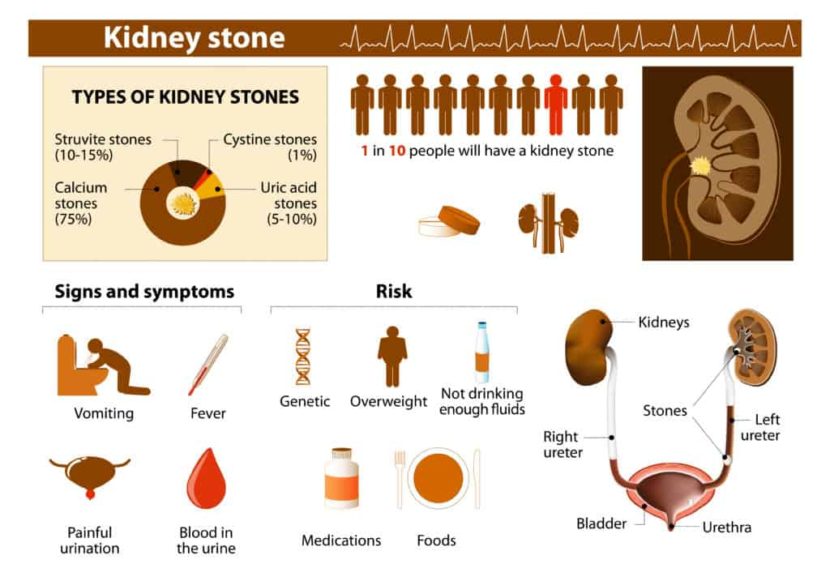
Kidney stones signs and risk factors Philadelphia Holistic Clinic
Lithotripsy uses sound waves to break up large kidney stones into smaller pieces. These sound waves are also called high-energy shock waves. The most common form of lithotripsy is extracorporeal.

A Kidney Sonography Showed Renal Stones At Right Renal
First human study using sound waves to break up kidney stones shows promising results. Mar 22, 2022. Why are kidney stones so painful? Mar 21, 2017. More urinary tract stones are being treated.
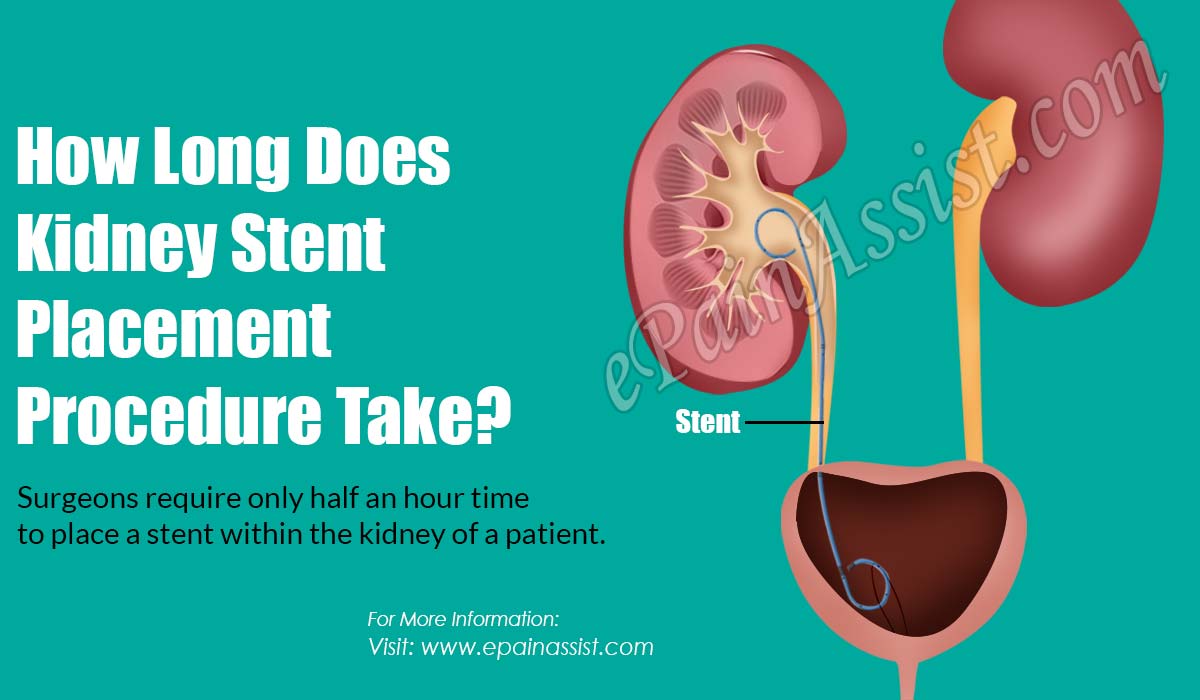
How Does A Stent Work For Kidney Stones
High-energy shock waves, also called sound waves, guided by x-ray or ultrasound, will pass through your body until they hit the kidney stones. If you are awake, you may feel a tapping feeling when this starts. The waves break the stones into tiny pieces. The lithotripsy procedure should take about 45 minutes to 1 hour.
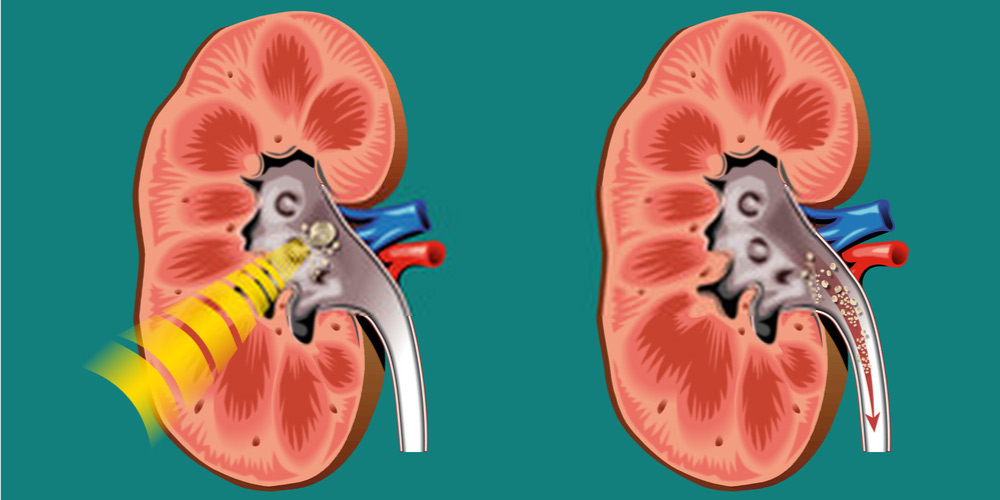
How To Dissolve Kidney Stones? Pristyn Care
Shock wave lithotripsy may be used on a person who has a kidney stone that is causing pain or blocking the urine flow. Stones that are between 4 mm (0.16 in.) and 2 cm (0.8 in.) in diameter are most likely to be treated with ESWL. The procedure may work best for kidney stones in the kidney or in the part of the ureter close to the kidney.
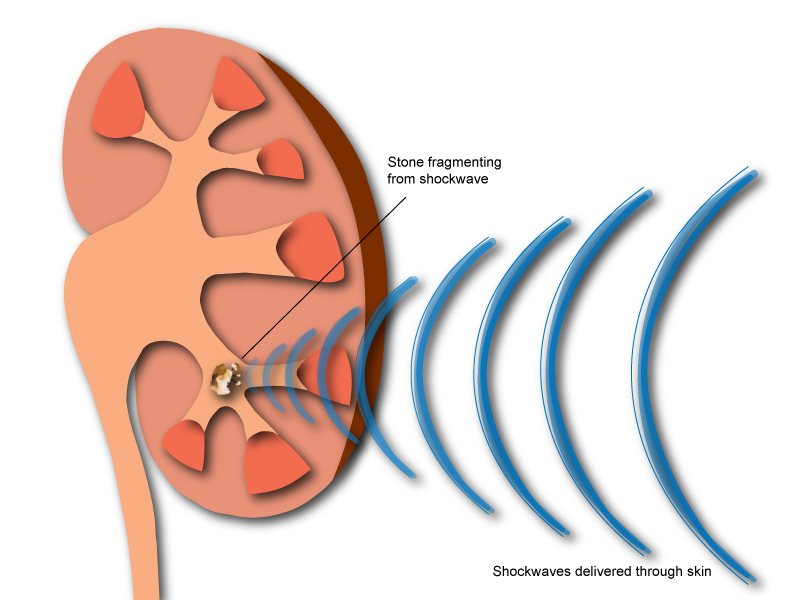
Shockwave lithotripsy for kidney stones (ESWL)
Using the ureteroscope, the researchers were able to directly observe how well the ultrasound waves worked in breaking up stones, as well as observing any injury to the kidney tissues. In the.

Ultrasound of Kidney Stone Yelp
Your doctor aims high-energy sound waves to break up the kidney stone into little pieces. The shock waves come from outside the body, which is why the procedure sometimes is called extracorporeal SWL.

Different Applications of Ultrasound Class 9 Sound Teachoo
Extracorporeal shock wave lithotripsy is a procedure to break up stones inside the urinary tract, bile ducts or pancreatic duct with a series of shock waves generated by a machine called a lithotripter. The shock waves enter the body and are targeted using an X-ray. The goal of the procedure is to break the stones into smaller pieces that can.

Kidney Stones
Shock Wave Lithotripsy (SWL) is the most common treatment for kidney stones in the U.S. Shock waves from outside the body are targeted at a kidney stone causing the stone to fragment. The stones are broken into tiny pieces. lt is sometimes called ESWL: Extracorporeal Shock Wave Lithotripsy®. These are what the words mean: So, SWL describes a.
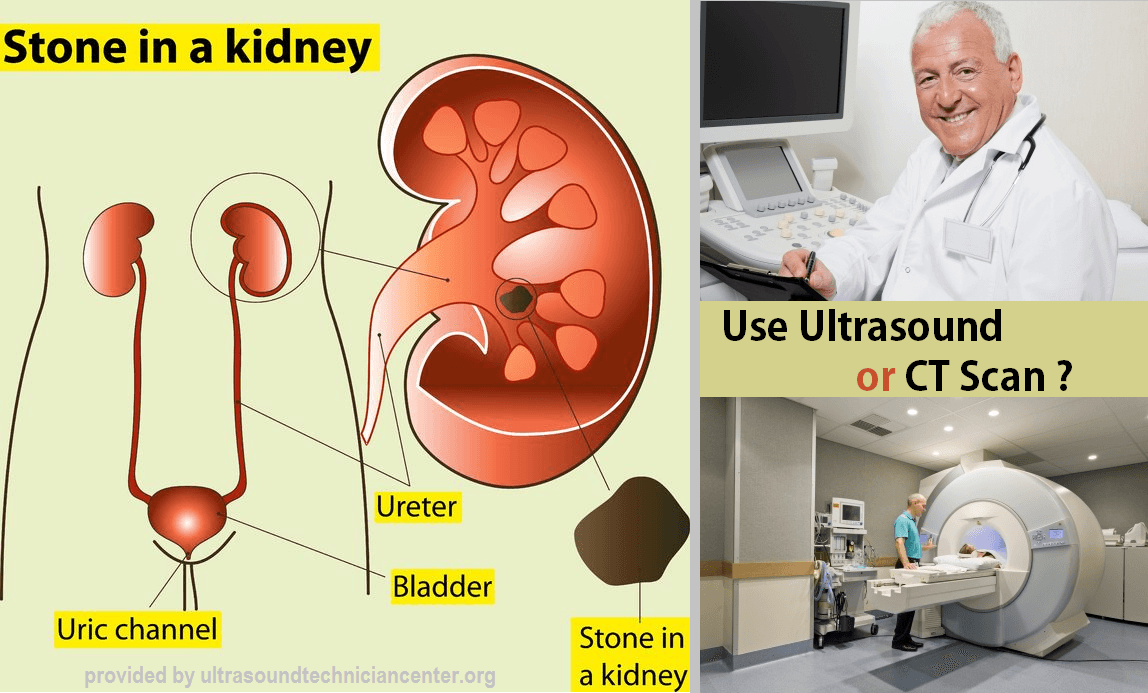
New Study Finds Ultrasound Healthier and Less Expensive Alternative to CT Scan for Kidney Stone
ESWL can be used to treat both stones in the kidney and stones in the ureter. ESWL may not be as effective in patients who are obese because the increased body tissue can make it more difficult to visualize or treat stones. Fast facts about ESWL: Typical operative time: 1/2 hour. Usual hospital stay: No hospital stay, ESWL is outpatient surgery.

Ultrasound Kidney Stone Treatments Woman and Girls
Lithotripsy, also known as extracorporeal shock wave treatment or ESWL, is a procedure that sends sound waves through your body to break up stones in your kidney or other organs, such as the gallbladder or bladder. It's a noninvasive treatment, meaning there's no surgery involved and the recovery is faster. ESWL works best with small stones.
- Dorsal De Depay En Holanda
- Imagenes De Mesas Dulces Para Comunion
- D Argent Et De Sang Serie
- Mi 11 Ultra Sensor Size
- Best 3d Platformers On Switch
- Hasta Que La Boda Nos Separe Película
- Green Lantern Caballeros Esmeralda Comprar Blueray
- Descripciones Para Curriculum Sin Experiencia
- Audi A3 1 6 Tdi 105cv 2010 No Tiene Fuerza
- Best Senior Realtor In Eugene
